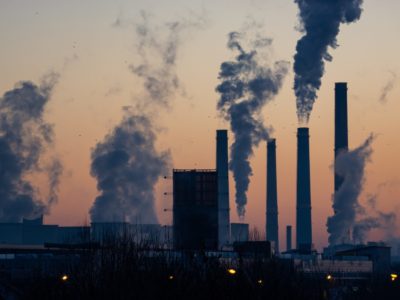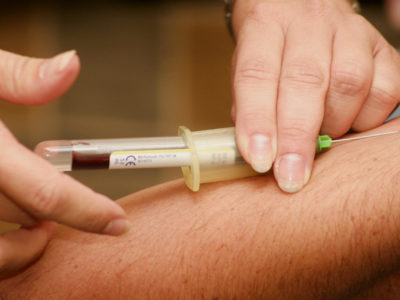Conflict reports in Northwest Syria were mixed after the announcement of a new military formation that includes factions actively engaged in the Syrian opposition, with the support of the Turkish government.
Four military groups in the North West of Syria, all with different aims and objectives and all in a densely populated narrow geographic area, are starting to show signs of dissent. This may represent a new phase in the struggle, although observers believe that the new group could be the means to achieve reconciliation with the Syrian regime and could resolve the fate of the province of Idlib, the most important opposition stronghold in Syria.
This is the background to the announcement by the 11 military factions opposed to northern Syria last month that they would merge into one force under the name of the “National Liberation Front“. They pointed out in a statement that “this project is inclusive of all the revolutionary factions who believe in the objectives of the revolution and stand firm to their aims and objectives.”
This group includes the factions of the Sham Corps, the Idlib Free Army, the First Coast Division, the Second Army, the Second Coast Division, the Elite Army, the 1st Infantry Division, the Army of Victory, the Martyrs of Islam (Daria), the Freedom Brigade and the 23rd Brigade.
These factions are expected to form local police forces to maintain security in the areas under their control, once fighting with the forces of the regime and the Sham Liberation Organization have ceased. The factions that have joined the new formation are centred in the countryside of Idlib, the northern countryside of Hama and areas in the northern Lattakia countryside.
It has been confirmed that Turkey supports this new formation, especially as it is composed of the factions directly supported by Ankara, in particular the Sham Corps. The new grouping is believed to be a prelude to reconciliation with the regime, especially since it excluded high-ranking dissident officers.
The new formation is headed by Colonel Fadlullah al-Hajji, chief of staff of the Syrian interim government with links to the Syrian National Coalition. Lt. Col. Suhaib Leoush, commander of the Idlib Free Army, is deputy commander of the group, while Maj. Mohamed El Mansour, Commander of the Victory Army is Chief of Staff
The new coalition followed the deployment of all Turkish and Russian military bases in the north of Syria to monitor the situation with a view to reducing tension, including the areas where factions belonging to this group are strong. The formation seems to be trying to change the pattern of control in northwestern Syria. It appears that North and North-West Syria has been split up between different bodies and fronts, most notably the new group, including active factions in Syria, Including the Sham Corps, the most prominent faction associated with the Turkish side.

This citizen journalism image provided by The Syrian Revolution which has been authenticated based on its contents and other AP reporting, shows anti-Syrian regime protesters holding a banner and Syrian revolution flags, during a demonstration in the town of Haas in the northwestern province of Idlib, Syria, Friday, March. 29, 2013. Syrian rebels captured a strategic town near the border with Jordan after a day of fierce clashes that killed at least 38 people, activists said, as opposition fighters expand their presence in the south, considered a gateway to Damascus. The banner in Arabic reads: “We will continue despite killing us. We will continue although we were betrayed. We will continue and God is with us. Good news to those who are patient.” (AP Photo/The Syrian Revolution)
In addition to this formation, there is the Syrian Liberation Front, formed in February in the countryside of Idlib, which includes Ahrar Sham and Noureddine Zanki, two of the most prominent Syrian opposition factions in northwestern Syria. The Syrian Liberation Front has set out its objectives in its opening statement, which sets out its objectives to repel the attacks of Bashar al-Assad regime’s forces and the sectarian militias supporting it, adding that it “seeks to be a military force and a defender of the Syrian revolution.”
In contrast to these two Syrian opposition forces, are the groups belonging to the Syrian opposition Sham Liberation Organisation, which is now in a weak position after the recent battles with the Syrian Liberation Front, which lost many of its strongholds in the countryside around Idlib. However, it is still in control of important cities and towns, especially the city of Idlib, the center of the province.
Another organization with identical aims to the Front of Victory “Guardians of Religion@, which includes the remnants of the “Jund al-Aqsa” faction and the jihadist organizations belonging to the Al Qaeda.
Given the presence of these four formations in north-west Syria, the region is ready for a military clash to resolve the fate of the most prominent Syrian opposition strongholds, especially as solutions are appearing that could pave the way for a political solution with the potential to end the conflict between the opposition and the regime and which could establishes areas of influence for the competitors on the Syrian conflict.






